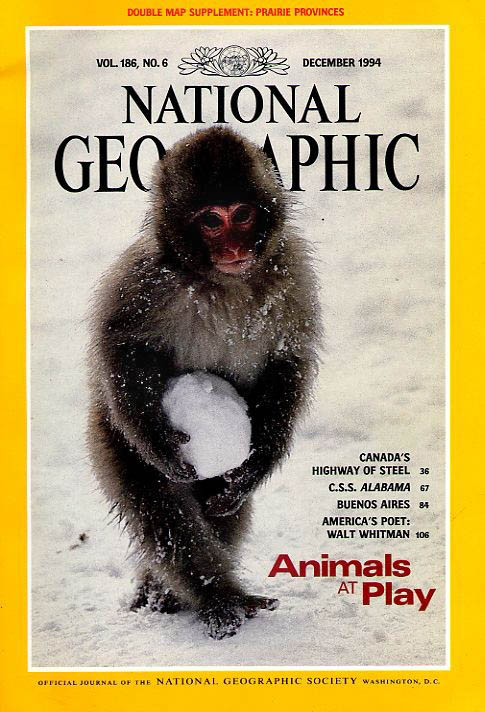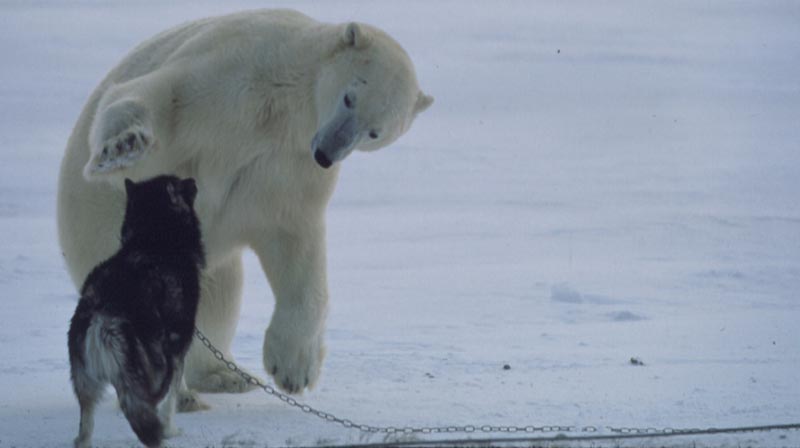Our History
Dr. Stuart Brown founded the National Institute for Play to expand the scientific study of play and help people apply that science to daily life. We want everyone to understand and embrace the importance of this long-misunderstood biological imperative so they can build healthier, happier lives.
Origins (1960s–1970s)
In 1966, Dr. Stuart Brown was assigned to the commission investigating the Texas Tower mass shooting. The commission recognized that the shooter’s controlling father had deprived his son of free play, interfered with his normal childhood development and poisoned his coping mechanisms.
 The apparent importance of play deprivation captured Dr. Brown’s attention. He conducted further studies, including a yearlong study of young men imprisoned for murder in Texas, who were found to be severely play deprived.
The apparent importance of play deprivation captured Dr. Brown’s attention. He conducted further studies, including a yearlong study of young men imprisoned for murder in Texas, who were found to be severely play deprived.
As part of understanding his patients in his psychiatric practice, Dr. Brown reviewed their play histories and began developing a sense of how play or lack of play impacted people’s lives. Over time, it became clear to him that how much we play — in childhood certainly but throughout life — is a major factor in whether someone is happy or depressed, fulfilled or empty.
In 1975, Dr. Jane Goodall’s story about Passion and Pom, two chimpanzees who had killed several infants in their troop, caught Dr. Brown’s attention. He wrote to her to ask about the childhood of the two unusually violent female chimps. Dr. Goodall explained that Passion and her daughter Pom were among the lowest ranking females in the troop, and that they did not have normal play experiences when young. This led to Dr. Brown’s interest in studying play in the animal world.
Evolution (1980s–1990s)

Dr. Brown dug into the research literature and found that there was far more research into play in animals than in humans. He corresponded with ethologists researching animal play and convinced the National Geographic Society of its importance. Beginning in 1991, with a photographer in tow, he traveled the world meeting with ethologists and others investigating the nature of animal play.
In 1994 he wrote a cover story for National Geographic, “Animals at Play,” which ran with an iconic cover photo of a monkey holding a snowball. The article touched off a flurry of public interest in the subject, resulting in a National Geographic Explorer TV program a year later. Research into play began expanding rapidly. Around the same time, Dr. Brown established the Institute for Creative Adaptability to study and promote healthy play behaviors. The institute was later renamed the Institute for Play and ultimately the National Institute for Play.Expansion (2000s)
NIFP began concentrated work to understand play science, connect play scientists, and help people appreciate the vital importance of play. One of the earliest major efforts was producing a three-hour television documentary, The Promise of Play, that aired nationally on PBS. The full program is now available in 15-minute segments on YouTube.


Dr. Brown began regular keynote speaking engagements, and consulted with a variety of Fortune 500 companies, non-profits, and academic institutions to explain the power and importance of play at all ages.
In 2008, the institute organized the “State of Play Science Summit,” which brought 15 leading play scientists to Stanford University for two days to share their research findings (summarized in this 30-minute video). NIFP honored Dr. Jaak Panksepp with an award for his groundbreaking research showing that play is pre-wired in our brains at birth.
In 2009, his book Play: How It Shapes the Brain, Opens the Imagination, and Invigorates the Soul was published by Penguin. To date, it has been translated into 12 languages.

Dr. Brown began regular keynote speaking engagements, and consulted with a variety of Fortune 500 companies, non-profits, and academic institutions to explain the power and importance of play at all ages.
In 2008, the institute organized the “State of Play Science Summit,” which brought 15 leading play scientists to Stanford University for two days to share their research findings (summarized in this 30-minute video). NIFP honored Dr. Jaak Panksepp with an award for his groundbreaking research showing that play is pre-wired in our brains at birth.
In 2009, his book Play: How It Shapes the Brain, Opens the Imagination, and Invigorates the Soul was published by Penguin. To date, it has been translated into 12 languages.
New Horizons (2010 and beyond)
In 2010, the institute began the interdisciplinary Encyclopedia of Play Science at Scholarpedia, although that work was interrupted by staff changes and loss of funding. The institute continues its important work advocating for play science and the vital importance of play.
NIFP is currently planning a new web-based initiative that will provide a thorough overview of all aspects of play along with services to help people better understand their own play nature and how to support their children in following their play nature.




